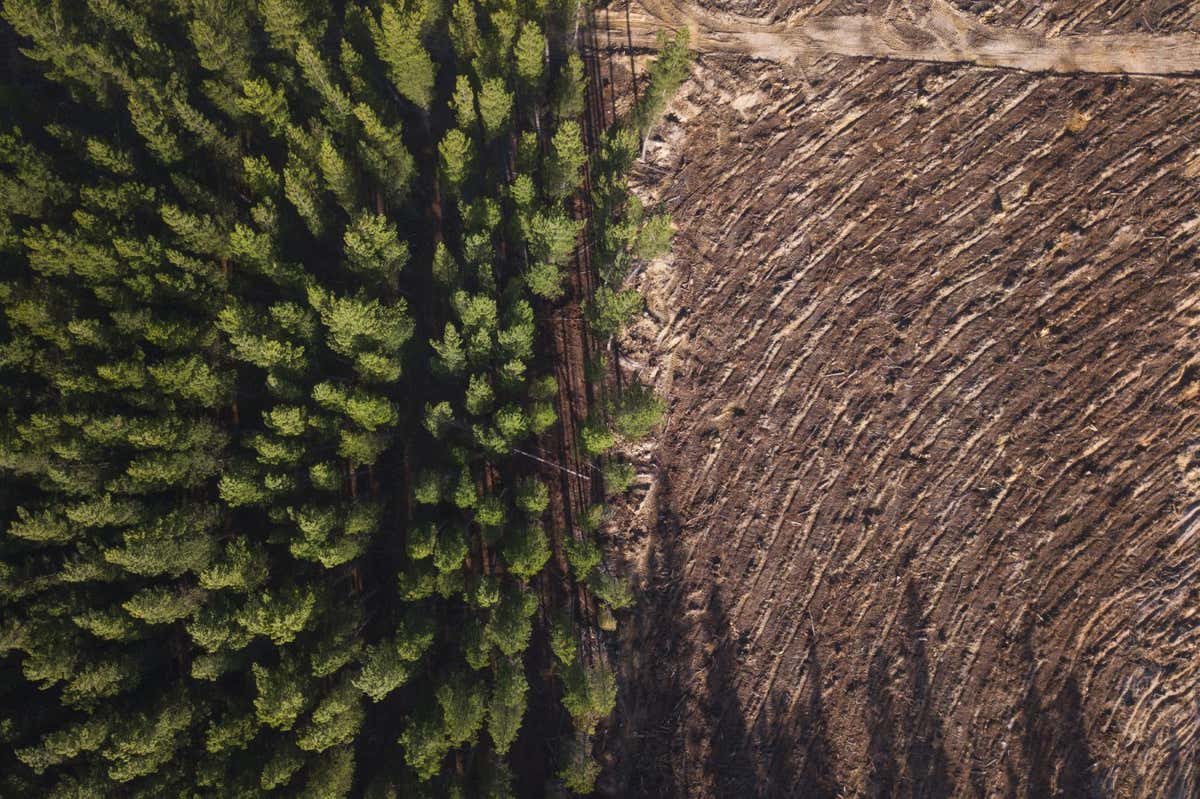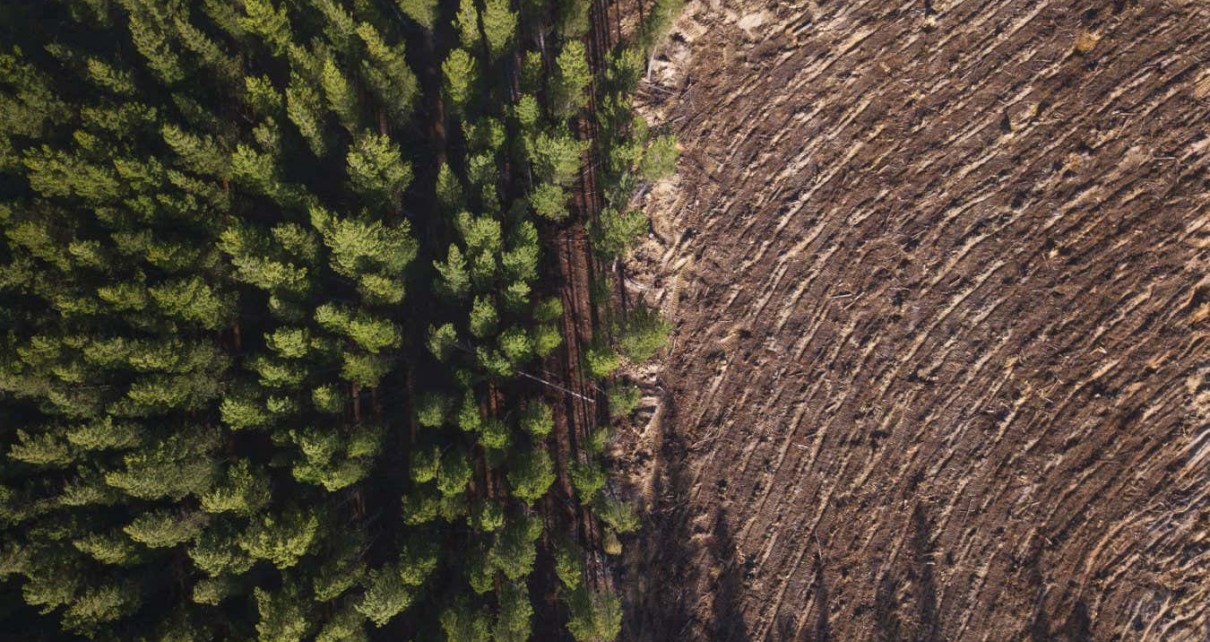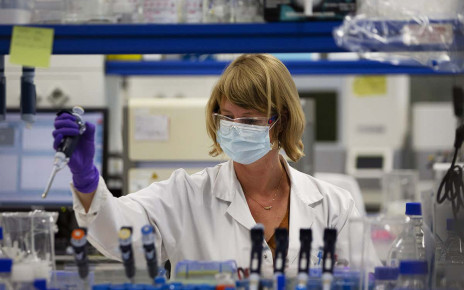[ad_1]

We are using more than our fair share
Charlie Rogers/Getty Images
Humans are now consuming over a quarter of the biomass produced each year by plants on land, leaving too little for wildlife and putting at risk the biosphere on which all life on Earth depends. To keep the planet in a suitable state for civilisation, we should be using no more than a tenth of plant biomass for our food and fuel, researchers say.
This means that plans to tackle climate change by using even more biomass, for instance to turn into fuel for aeroplanes, will seriously damage the planet in other ways, says Katherine Richardson at the University of Copenhagen in Denmark, such as by causing more deforestation and species loss.
“That we’re already using too much biomass, of course, is a blow to those who want to use biomass for energy and for capturing CO2,” she says. “You’re just not going to solve the climate problem if you don’t also respect the deforestation problem we have.”
Richardson is part of a team that has been exploring what we need to do to keep Earth in a state similar to that during the 10,000 years leading up to the industrial revolution, to ensure that people can thrive. In 2009, the team proposed that there are nine main limits, or planetary boundaries, that shouldn’t be breached if we want to prevent drastic changes that endanger us as well as nature.
“We’re not only affecting the climate, we’re also affecting the water, the biodiversity, ocean acidification, the ozone layer and so on,” says Richardson. “How far is it safe to go? You need some kind of guardrails.”
The team has been improving and updating this work since 2009. For instance, it was previously unable to establish the safe limit for some of the planetary boundaries, so has been working on calculating these.
Besides the climate, maintaining the biosphere – the planet’s life-support system – is the most important of these boundaries, says Richardson. Back in 2009, it was clear that the loss of genetic diversity due to our actions had already reached dangerous levels, but the team was unable to find a good measure of how the functioning of the biosphere has been affected.
The researchers have now decided to measure it in terms of how much of the biomass produced by photosynthesis is being appropriated by humans, or is no longer happening, relative to pre-industrial levels. Plant biomass is the basis of food chains, so if we take it, the life that depended on it dies out.
The study estimates that plants on land produced 56 gigatonnes of biomass a year, as measured by its carbon content, in pre-industrial times, and that through farming, logging, the grazing of domestic animals and so on, people now take 17 gigatonnes per year, or around 30 per cent of pre-industrial levels. Today, plants produce an estimated 66 gigatonnes of biomass a year due to higher carbon dioxide levels, and would produce even more if not for land degradation, meaning that our current consumption sits at around 26 per cent.
Richardson and her colleagues propose that a safe limit for this exploitation would be 10 per cent of pre-industrial plant biomass, and that anything over 20 per cent is high risk. For biomass produced by plants in the oceans, further study is still necessary, they say.
“I think it is a good, first-order metric,” says Timothy Searchinger at Princeton University. “Anyone claiming we really can acceptably use more of the world’s plant production to meet additional demands created by policy should have the strong burden of proof about how and why that’s OK.”
Growing demand for food and wood alone means the proportion of biomass we appropriate is likely to increase in the coming decades, says Searchinger. And some proposals for growing crops for energy and capturing the carbon would double our use, he says.
Overall, Richardson and her colleagues conclude that we are transgressing six of the nine planetary boundaries. Besides changing the climate too fast and harming the biosphere, we are also altering the land too much, damaging freshwater systems, releasing too much nitrogen and phosphorus, and releasing too many artificial substances, such as pesticides and plastics.
So far, however, ocean acidification remains within safe limits, as do the levels of aerosols released into the atmosphere. And while we were once destroying the ozone layer to a dangerous extent, we are now back in the safe operating zone.
There are interactions between all these nine aspects of the planetary system that we need to take into account to ensure efforts to solve one problem don’t make another worse, says Richardson. “Unfortunately, our legal and political system hasn’t gotten there yet.”
Topics:
[ad_2]
Source link




